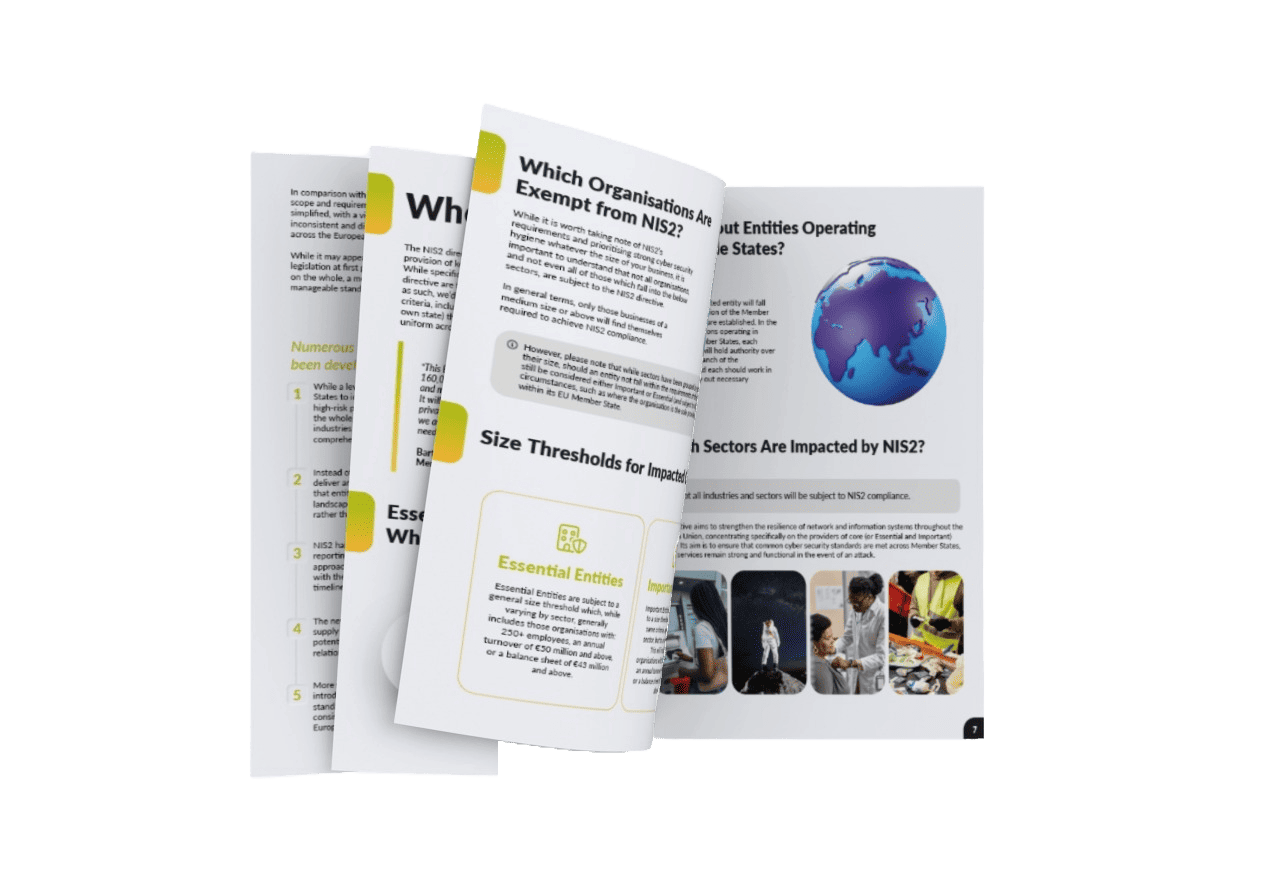Identity-Centric Security and the Rise of Microsoft Global Secure Access for Zero Trust Networking
This blog post has been pulled together from a recent episode of ThreatCast, where host Ru Campbell sat down with Ami Barayev, Principal Program Manager at Microsoft, to discuss the evolution of secure networking, identity-centric security, and the innovative new solution—Microsoft Global Secure Access (GSA).
In this insightful conversation, Ru and Ami explored how GSA aligns with the Secure Access Service Edge (SASE) framework, offering a fresh approach to secure application access, token protection, and seamless integration with Microsoft Entra.
The Challenge of Traditional Network Security
The world of cyber security is constantly evolving, with hybrid work environments and cloud-based applications making traditional network security models increasingly ineffective. Solutions like VPNs, once considered staples of secure access, are now seen as weak points—offering broad access that can easily become an entryway for attackers.
In response, Microsoft has introduced Global Secure Access (GSA), a solution built on the Zero Trust Network Access (ZTNA) model. GSA focuses on securing access based on identity rather than the network perimeter, delivering application-specific access and real-time monitoring to protect organisations from modern threats like token theft.
Ami Barayev provided valuable insights into how this approach not only replaces legacy VPNs but also simplifies access management while improving overall security posture.
An Innovative Identity-First Approach
At the heart of Global Secure Access is identity-centric security. Unlike traditional network security solutions, GSA leverages Microsoft Entra to consolidate identity management, access control, and security policies into a single platform.
Key Features of Global Secure Access:
- Identity-Based Conditional Access: Centralised management for users, applications, and devices.
- Application-Specific Access: Access granted only to individual applications, not the entire network, reducing the attack surface.
- Continuous Access Evaluation: Real-time monitoring of session conditions, with the ability to revoke access instantly if anomalies are detected.
- Token Binding for Enhanced Security: Tokens are tied to specific devices, preventing their reuse on unauthorised devices.
“The challenge today is around identity. With Zero Trust, we focus on validating every user and device before granting access to any resource.”
Ami Barayev
Is GSA The Future of Secure Access?
Microsoft Global Secure Access is a powerful tool for organisations looking to modernise their network security strategy. By combining identity-first security with seamless integration into the Microsoft ecosystem, GSA offers a scalable and cost-effective solution that addresses the key challenges of today’s threat landscape.
Key Takeaways
- Start with VPN Replacement: Simplify deployment and improve security posture by replacing legacy VPNs with GSA.
- Leverage Real-Time Monitoring: Use continuous access evaluation to protect against evolving threats.
- Adopt an Identity-Centric Approach: Centralise access control and security policies with Microsoft Entra.
For organisations already using Microsoft Entra, integrating Global Secure Access is a logical next step providing immediate benefits in security and usability. For those exploring new solutions, GSA offers a compelling alternative to traditional security models.









